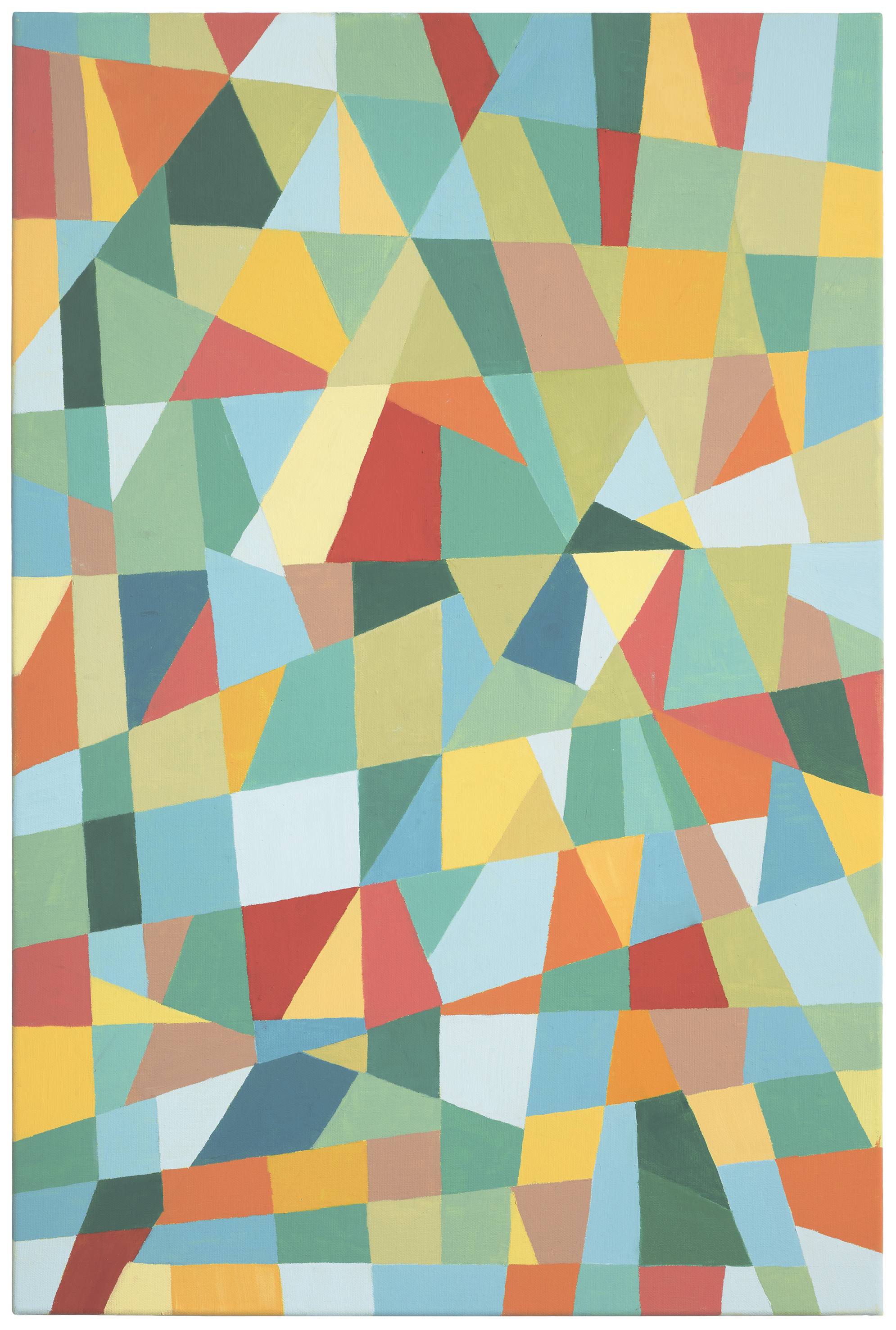Van Gogh and ukiyo-e: The construction of an iconic aesthetic
Main Article Content
Keywords
Vincent Van Gogh, ukiyo-e woodblock, Visual art, Modern art, Art history
Abstract
This essay explores the significant influence of Japanese ukiyo-e woodblock prints on the artistic development of Vincent van Gogh. By considering the context and distinct characteristics of these woodcuts, one can identify the presence of those components in van Gogh’s later works. Additionally, the comparison of van Gogh’s work before and after engaging with the Japanese art form reveals a distinct aesthetic opposition, which alongside the prevalence of visual languages associated with ukiyo-e, exposes clear causation. The bright colours and graphic tendencies of van Gogh’s most prolific works are techniques that were significantly informed through interactions with the design and aesthetics of ukiyo-e woodblocks. Beyond these considerations, this paper shows the way in which van Gogh’s mental health influenced and skewed his perception of the medium’s meaning, therefore informing his recontextualisation of their visual language. The writing of van Gogh himself affirms the conclusion that Japanese artmaking techniques played an informative role in the development of his posthumously acclaimed visual style.


